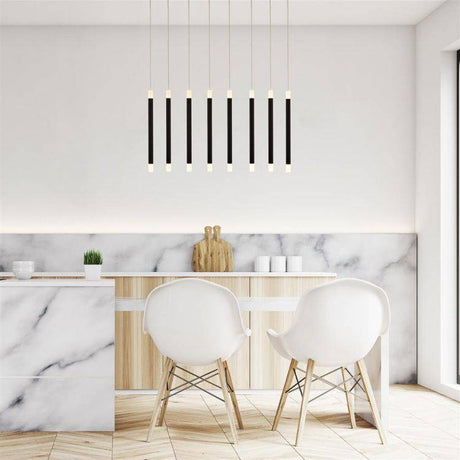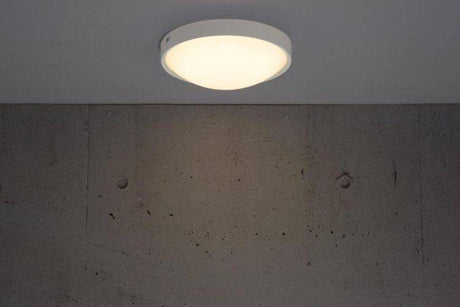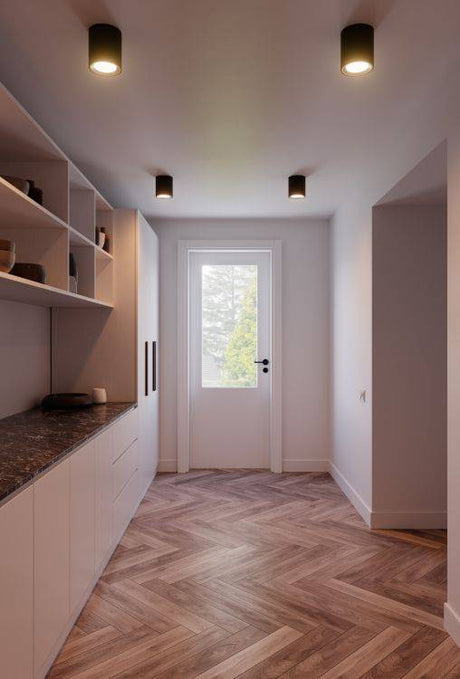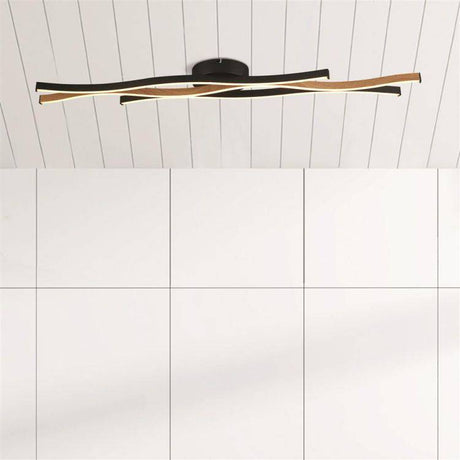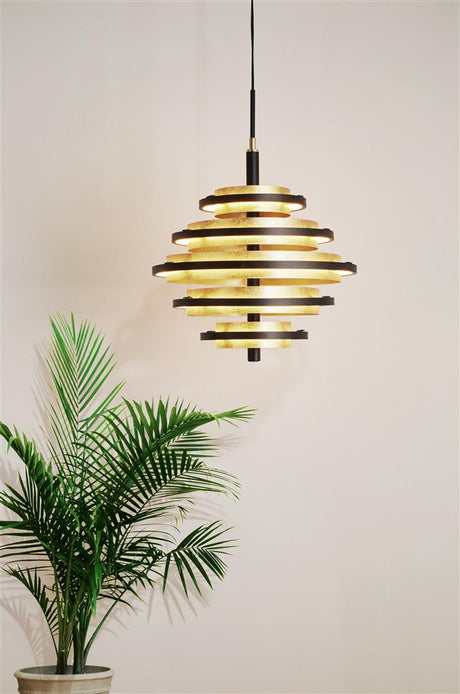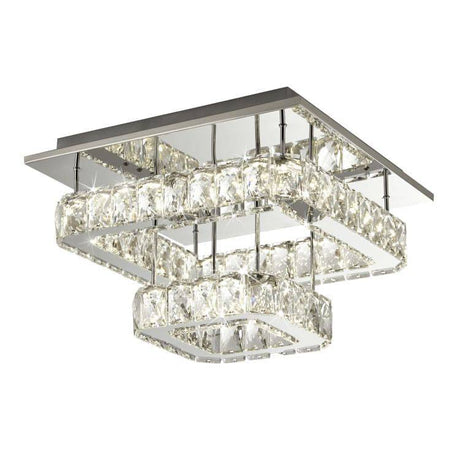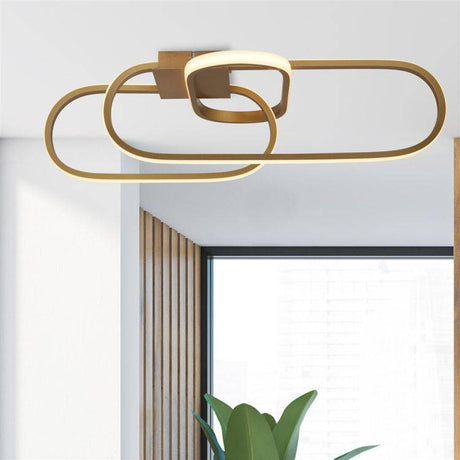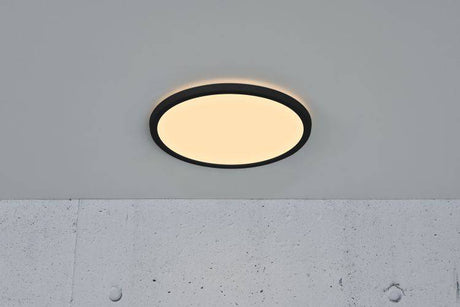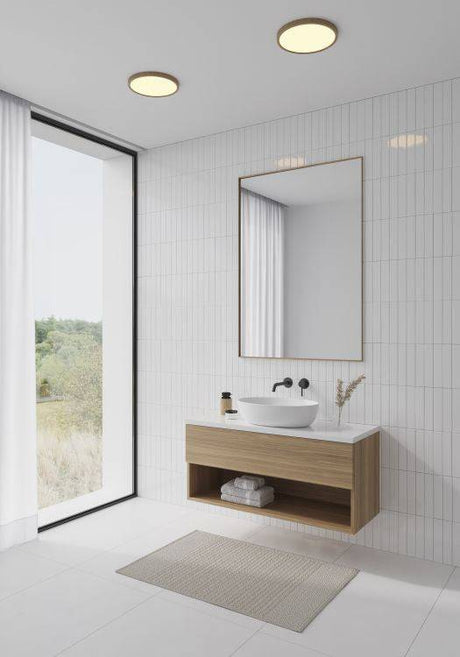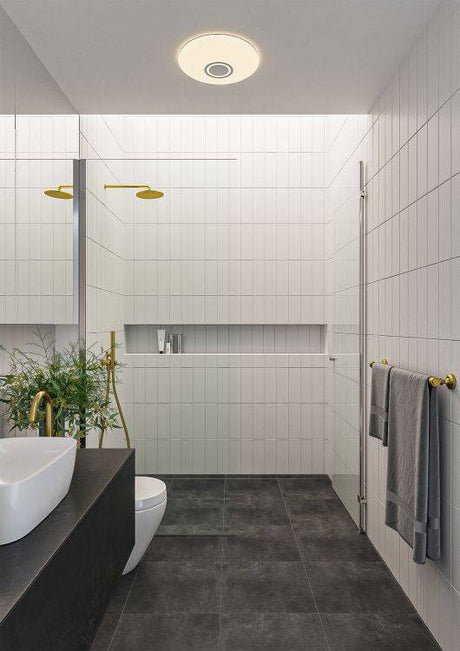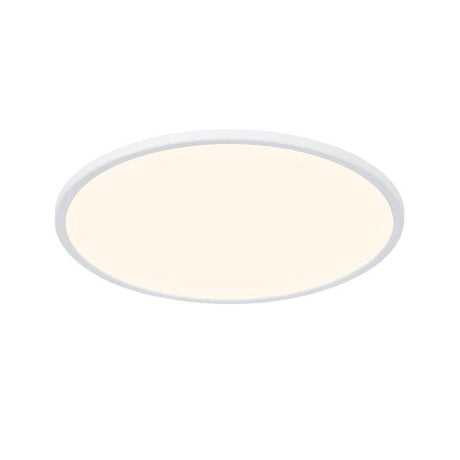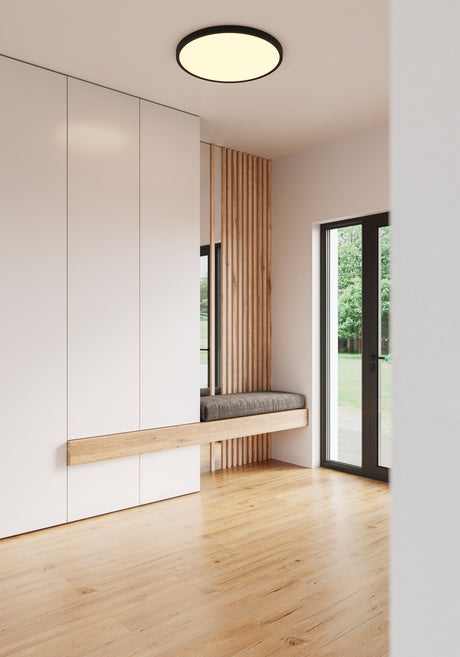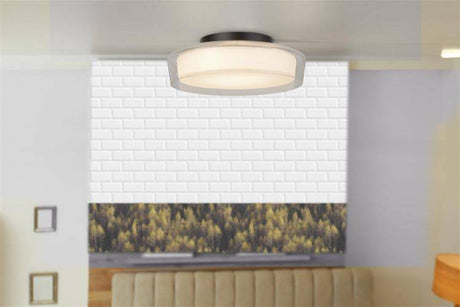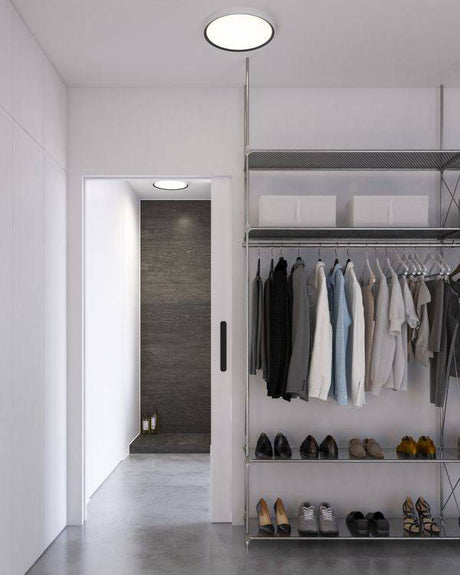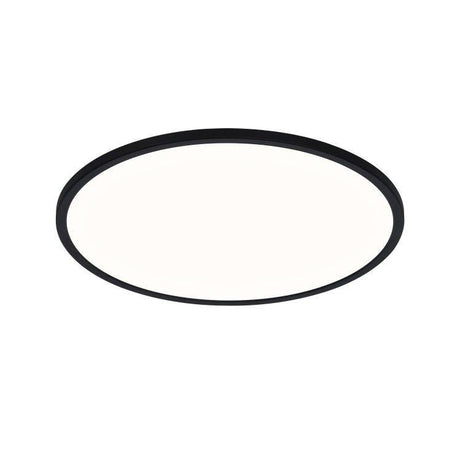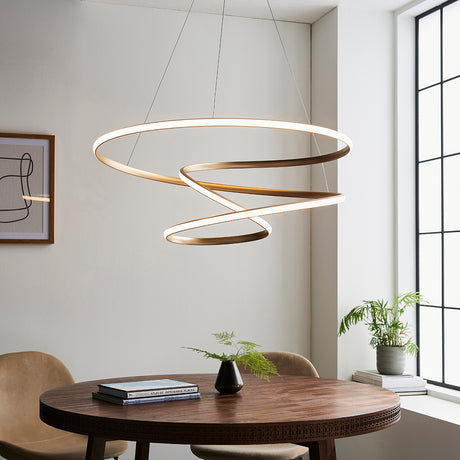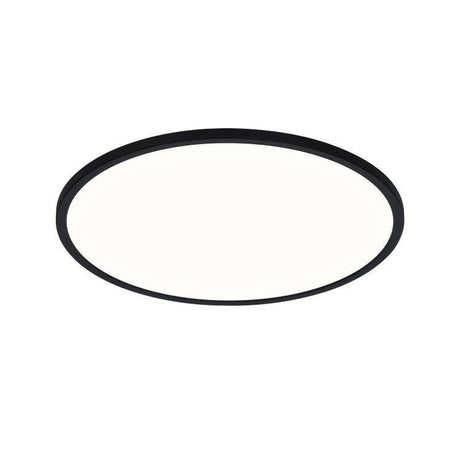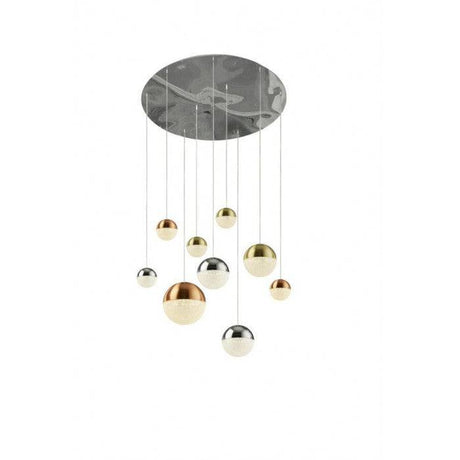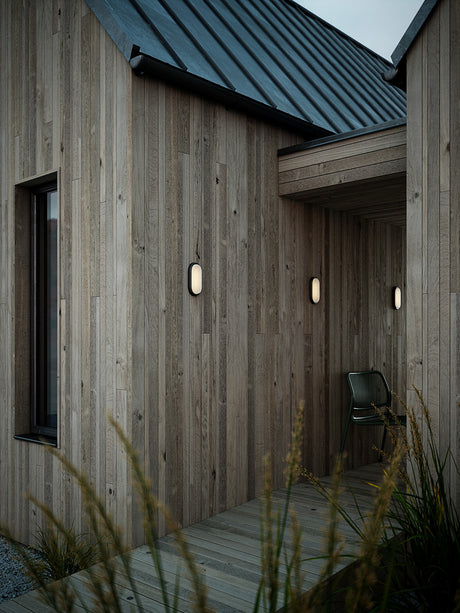Finding the right ceiling light is important for any space. We bring to you ceiling lights for lounge and living areas in timeless designs and modern finishes. From elegant black ceiling lights to striking gold ceiling lights, each piece is crafted with function and quality in mind.
If you’re drawn to timeless elegance, ceiling lights in brass and gold finish make a graceful statement. Our ceiling lights in antique brass blend beautifully with both classic and modern interiors. For a modern twist, pair contemporary ceiling lights with pendant lights to create a layered look. And if you’re after a focused glow anywhere in your home, try a spot ceiling light.
We also offer versatile solutions like semi-flush ceiling lights, perfect for homes with lower ceilings, or a dramatic ceiling light chandelier to create a true centrepiece in larger rooms. And if practicality is your priority, our ceiling lights for the kitchen with LED bulbs combine efficiency with style. They give lasting brightness and keep energy usage low.
In short, our ceiling lights make everyday spaces bright, warm, and welcoming.
Ribble Linear Pendant Ceiling Light Gold
Regular price £1,013.00 Sale price £304.06Unit price /UnavailableSearchlight Wands 8Lt LED Bar Ceiling Pendant - Black Metal & Acrylic
Regular price £141.12 Sale price £86.52Unit price /UnavailableFarringdon 1Lt LED Pendant Ceiling Light Chrome
Regular price £209.16 Sale price £149.40Unit price /UnavailableNordlux Altus 2700 K Ceiling Light White
Regular price £36.25 Sale price £30.21Unit price /UnavailableNordlux Landon Smart Long Ceiling light Black
Regular price £56.66 Sale price £47.22Unit price /UnavailableBloom Swirl LED Flush Ceiling Light - Black With Wood Effect
Regular price £163.30 Sale price £102.06Unit price /UnavailableFilleigh 5Lt LED Pendant Ceiling Light Black/Gold Leaf
Regular price £274.56 Sale price £211.20Unit price /UnavailableNewtown LED 2 Tier Flush Ceiling Light Chrome
Regular price £272.16 Sale price £194.40Unit price /UnavailableClip LED Ceiling Light - Gold Aluminium
Regular price £202.00 Sale price £126.25Unit price /UnavailableNordlux Oja 29 IP20 2700K step-Dim Ceiling light Black
Regular price £50.61 Sale price £42.18Unit price /UnavailableDulverton 1Lt LED Pendant Ceiling Light With Smoked Glass
Regular price £108.86 Sale price £77.76Unit price /UnavailableDulverton 12Lt LED Multi-Drop Pendant Ceiling Light With Smoked Glass
Regular price £826.56 Sale price £590.40Unit price /UnavailableNordlux Oja 29 IP54 2700K Dim Ceiling light Wood Foil
Regular price £53.64 Sale price £44.70Unit price /UnavailableNordlux Djay Smart Colour Ceiling light White
Regular price £124.70 Sale price £103.92Unit price /UnavailableNordlux Oja 42 IP20 3000/4000K Ceiling light White
Regular price £56.66 Sale price £47.22Unit price /UnavailableNordlux Oja 29 IP54 3000/4000K Ceiling light Black
Regular price £52.88 Sale price £44.07Unit price /UnavailableSearchlight Zeus Bathroom Ceiling Light - White Metal
Regular price £74.19 Sale price £45.48Unit price /UnavailableNordlux Oja Smart 60 Ceiling light Black
Regular price £98.24 Sale price £81.87Unit price /UnavailableSearchlight Puck Flush Bathroom Ceiling Light - Black Metal & Opal| IP44
Regular price £147.17 Sale price £91.10Unit price /UnavailableNordlux Liva Smart Colour Ceiling light White
Regular price £111.85 Sale price £93.21Unit price /UnavailableNordlux Skylar Pendant Ceiling Light Black
Regular price £188.21 Sale price £156.84Unit price /UnavailableErne XL LED Pendant Ceiling Light Gold
Regular price £766.97 Sale price £589.97Unit price /UnavailableNordlux Oja 42 IP54 3000/4000K Ceiling light Black
Regular price £60.44 Sale price £50.37Unit price /UnavailableNordlux Oja 29 IP20 3000/4000K Ceiling light Black
Regular price £49.10 Sale price £40.92Unit price /UnavailableErne Large LED Pendant Ceiling Light Gold
Regular price £449.33 Sale price £345.64Unit price /UnavailableExton 2Lt LED Pendant Ceiling Light Chrome
Regular price £120.96 Sale price £86.40Unit price /UnavailableNordlux Oja 42 IP20 3000/4000K Ceiling light Black
Regular price £56.66 Sale price £47.22Unit price /UnavailableNordlux Oja 29 IP20 2700K step-Dim Ceiling light Wood Foil
Regular price £50.61 Sale price £42.18Unit price /UnavailableNordlux Oja 29 IP54 3000/4000K DIM Ceiling light Black
Regular price £53.64 Sale price £44.70Unit price /UnavailableMilton 9Lt Multi-drop Ceiling Light Chrome
Regular price £476.36 Sale price £366.43Unit price /UnavailableHayfield 3-Light Pendant Ceiling Light Slate Grey Shade
Regular price £249.55 Sale price £130.03Unit price /UnavailableNordlux Cuba Energy Oval Outdoor Wall/Ceiling Light Black/Opal
Regular price £31.71 Sale price £26.43Unit price /UnavailableNordlux Oja 60x30 IP54 Flush Ceiling Light White
Regular price £83.12 Sale price £69.27Unit price /UnavailableNordlux Contina Pendant Ceiling Light Brass
Regular price £56.66 Sale price £47.22Unit price /UnavailableFalmouth 3-Light Semi Flush - Polished Chrome
Regular price £276.38 Sale price £221.10Unit price /UnavailableBrosnan 1-Light Pendant Ceiling Light Antique Brass
Regular price £132.50 Sale price £106.00Unit price /Unavailable
Frequently Asked Questions
Can ceiling lights be dimmed?
Can ceiling lights be dimmed?
Yes, you can dim the ceiling lights. But for that, you need to use dimmer switches. Another option is to use smart lights. Smart lights allow homeowners to control the level of brightness through an app on their phone. These can also be directed via Google Home and Alexa.
How can I install ceiling lights?
How can I install ceiling lights?
Installation of ceiling lights: Switch off the power supply without fail. Now, remove the old fixture and take it out. Connect wires of the new light to exposed wires in the ceiling. Ensure same coloured wires are connected to each other. Attach the fixture, put back the cover, and turn on the power. However, the best thing to do is to call an electrician and let them handle this task.
What is the ideal brightness of ceiling lights?
What is the ideal brightness of ceiling lights?
There is a lot of flexibility in wattage of ceiling lights. It should ideally depend on the size of the room. In a medium-sized room, the wattage between 60 watts and 100 watts is acceptable.
Is IP safety rating important in ceiling lights?
Is IP safety rating important in ceiling lights?
Yes, the IP rating is important. It should be given due attention when thinking of lights for wet or moist areas, such as the bathroom and the kitchen. The IP rating corresponds to the amount of resistance of the light from damage due to moisture. As such, the higher the rating, the better it is.
How Can I Use Dimmer Switches with Ceiling Lights?
How Can I Use Dimmer Switches with Ceiling Lights?
You can only use dimmer switches on light compatible with them. If your lights are compatible with dimmer switches, do the following - turn off the power and take out the regular wall switch. Replace it with the new dimmer switch, and switch the power back on. Be careful with the wires when connecting them. If possible, let an electrician do it. They are trained for such work.




